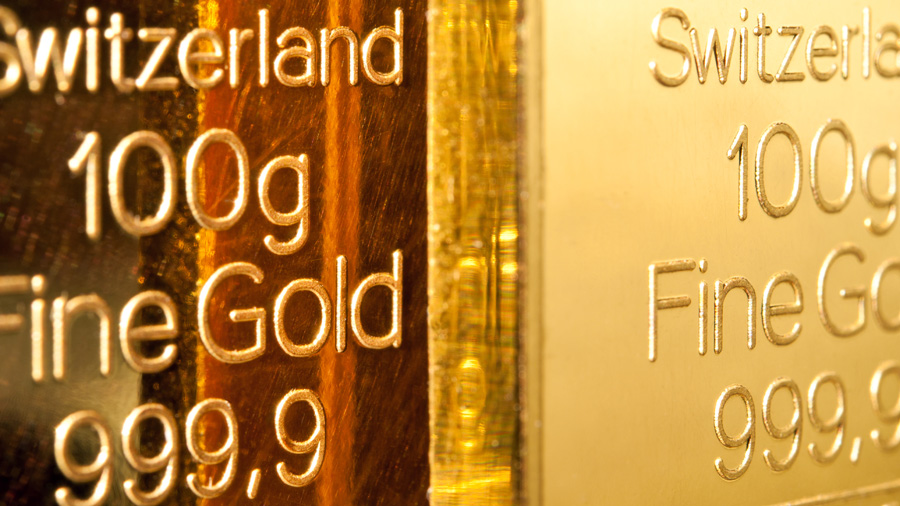Gold price spikes after US jobs data, then sinks

On Friday, the reaction on gold markets was swift in response to a soft US jobs report and a weaker US dollar, with the metal jumping to a high of $1,267.20 before paring those gains and ending the day at a fresh four-month low.
Gold futures in New York for delivery in December, the most active contract, was trading just above $1,250 before the non-farm payroll numbers data was released, the lowest since June 8.
Gold struggled to hold onto its initial gains and after a volatile day with more than 23 million ounces changing hands ended the week more than 5% lower, barely holding onto $1,250 an ounce.
Gold has been on the defensive since Tuesday when heavy selling saw it crash through $1,300 an ounce to a level last seen before the Brexit vote gave it a new leg up.
According to the latest figures from the Department of Labor 156,000 jobs were created in September compared to 175,000 new openings expected by economists. The unemployment rate rose slightly to 5%, but average hourly earnings improved again and now stands 2.6% higher over the year.
A steady increase in average hourly wages and number of hours worked strengthens the hawks on the Federal Reserve’s decision making committee who want to raise rates sooner rather than later this year. The Fed next meets early November with a final meeting for the year on December 14.
Interest rates and government bond yields and the gold price have a strong negative correlation as the metal provided no income stream and investors have to rely on price appreciation for returns.
The US dollar also has close inverse relationship to commodity prices and gold. The index weakened to below 97 against the currencies of the country’s major trading partners after the payroll news.
Today’s level for the greenback compares to a record low of 71.6 in April of 2008 and a record high of 164.72 in February 1985 when the price of gold bottomed at $284.25 an ounce.
More News
{{ commodity.name }}
{{ post.title }}
{{ post.date }}




Comments
cedric emmanuel
http://kingworldnews.com/egon-von-greyerz-warns-world-now-edge-total-chaos-disaster/